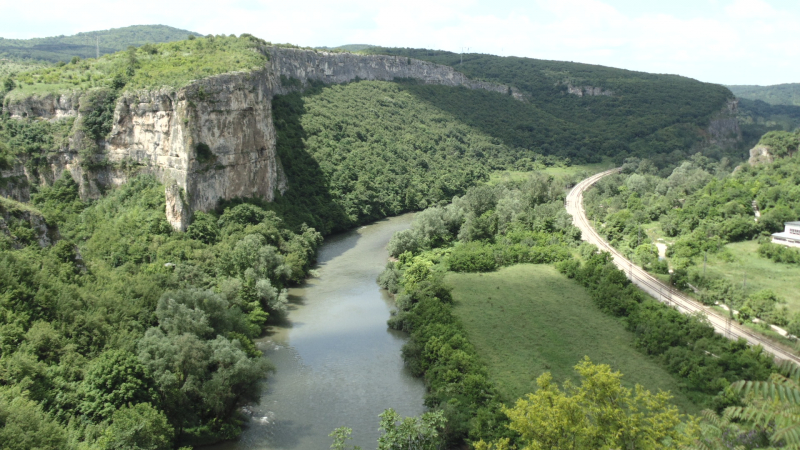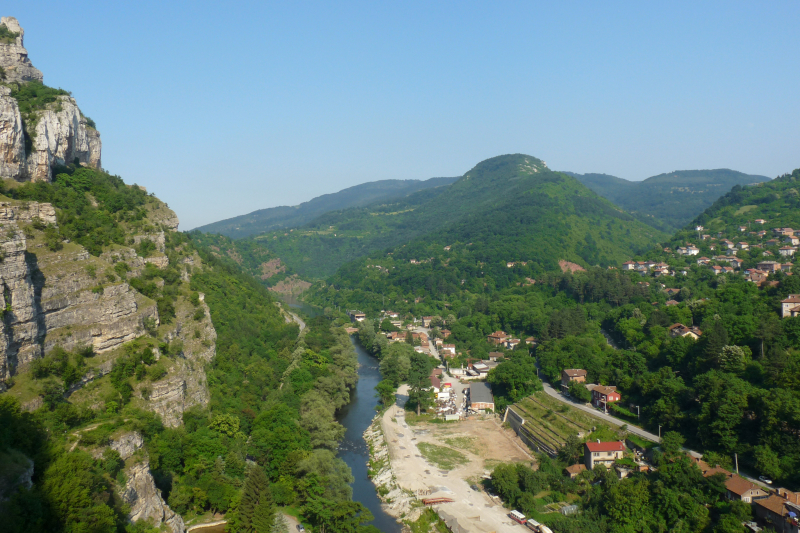Iskar

The Iskar is a Danube tributary on the right bank. It is the longest river fully within Bulgaria, with a length of 368 kilometers. It begins as three forks in the highest mountain range in the Balkans, Rila, and runs north till it meets the Danube River. Furthermore, it forms the divide between the Vitosha and Plana Mountains in the west and the Sredna Gora mountain range in the east as it flows northwards, feeding the country's largest artificial lake, the Iskar Reservoir, before entering the Sofia Valley, which contains the country's capital Sofia. From there, the Iskar flows through the Balkan Mountains, forming the 84-kilometer-long Iskar Gorge, before turning north-eastern at Lakatnik. The river falls into the Danube between the settlements of Baykal and Gigen after crossing the Danubian Plain north of the Balkan Mountains. Iskar is the oldest river in the Balkan Peninsula in terms of geology.
In the provinces of Sofia, Sofia City, Vratsa, Lovech, and Pleven, its watershed drains 8,617 km2. The Iskar passes through nine towns and countless villages on its way to the sea. More than 50 fish species live in the Iskar river basin, including Cottus haemusi, which is only found in the upper Iskar and Vit drainages.
The Iskar is economically significant because it supplies water to the capital and a lot of manufacturing plants. Its waters are also used for agriculture and the generation of electricity, and its picturesque canyons and rock formations give good recreational opportunities. Despite the fact that the Iskar is not navigable, its valley is vital for transportation, particularly along the Iskar Gorge, which is one of only three railway passes in the Balkan Mountains.
Length: 368 km










